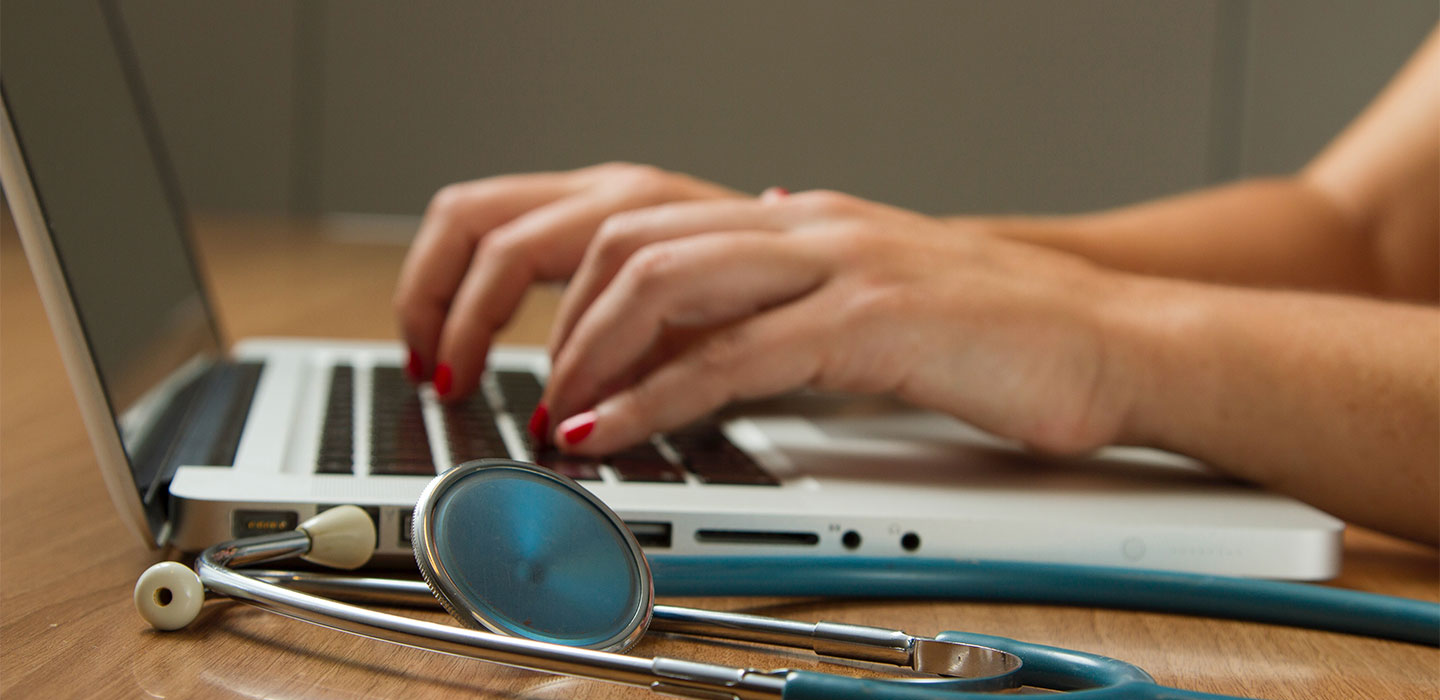If you have medical bills and your savings have diminished, here are some solutions to help you manage them.
Understand the medical charges. Billing codes for office visits, procedures, or treatments can be confusing, but spending a little time learning about them could save you money. Ask the medical provider for an itemized list of charges that include these codes. Then, speak with your insurance company to confirm how much they will cover under each classification. When you understand what these codes mean, it’s easier to identify errors or duplicate charges.
Review your health insurance plan in detail. While it might not sound like the most exciting way to spend your time, it could be one of the most fruitful. Reading your health insurance policy along with the explanation of benefits (EOB) documents that are typically mailed to you shortly after a healthcare visit could help ensure the bills are correct.
An EOB notice is not a bill; it provides an estimate of your financial obligation. It breaks down what was charged, what is covered, and reflects an estimate of what you might owe. Billing errors happen, so confirm that the services described on the document are the ones you actually received. If you find a discrepancy, contact your insurance company or the medical office to resolve any issues.
Most insurance companies advise waiting until all EOBs related to the office or hospital visit are received before paying any bills. These documents confirm what the insurance company has or will pay toward the medical services. Waiting for the insurer to pay its portion helps ensure you won’t overpay for services.
Negotiate the final bill. After you’ve confirmed the accuracy of the bill, contact the healthcare provider to negotiate your payment. Tell them you’re having difficulty paying the bill and request a hardship discount. While such allowances are at the provider's sole discretion, some may be willing to accommodate your situation.
You might qualify for a 0% interest, short-term payment plan, but only if you ask. Depending on the size of the bill and how quickly you can earn extra cash, you could also offer to pay the bill in one lump sum within 60 days in return for a discount.
Ask for financial assistance. Some hospitals have a charity discount policy to help cover the medical costs of uninsured patients. This option is typically reserved for people who don’t qualify for other types of healthcare-related financial assistance. You'll likely need to fill out an application, provide proof of income, and submit documentation showing participation in public benefit programs, like Special Supplemental Nutrition Program for Women, Infants, and Children.
Consider crowdfunding sources. Many people use fundraising platforms, like GoFundMe, to help raise money for medical bills. Along with your friends and family, strangers on the platform might be willing to help pay off your debt.
Be ready to share personal details about your medical bills, why you don’t have the means to cover them, and what other efforts you’ve tried to help pay them off. Campaigns that include photos or videos explaining the financial need while also keeping the community updated on the progress toward the fundraising goal tend to be the most successful.
Select alternative healthcare providers. If you don’t have health insurance coverage, using community health clinics might be the best option for future medical care. They often charge based on a sliding scale that factors in your household income and ability to pay.
Get free financial advice. Our partners at GreenPath Financial Wellness understand the challenges you face. They can help guide you toward solutions that will help you get a handle o medical debt.

